Why study the gospel of John?
What is john?
John’s gospel is one of the four accounts of the life of Jesus written in the wake of his life, death, and resurrection. The other three are Matthew, Mark and Luke, but John clearly stands apart. When you read the other three, known as the synoptic gospels (which means “seen together” since they refer to similar stories) you notice a lot of overlapping content. They do all have their unique flavour, for example:
Matthew is written particularly for a Jewish audience, and is very concerned with showing Jesus as the promised Messiah, and the fulfillment of prophecy. He wants to connect Jesus to the Old Testament as clearly as possible.
Mark on the other hand is basically the crucifixion narrative with an extended introduction. It doesn’t include much of Jesus’ teaching, but focuses on his miracles and actions in order to show him as the suffering Messiah.
Luke takes the approach of a historian, seeking to preserve the story of Jesus with reliable witnesses, and writing for a more universal audience. He emphasizes that Jesus is not only the Jewish Messiah, but the Lord and Saviour of all peoples.
John on the other hand contains 90% unique content. It skips things that are central in the other three gospels – the Lord's supper, the transfiguration, parables, the Lord’s prayer, the great commission, the ascension, the Christmas story and many of his miracles.
The book was written by a man named John, one of the 12 disciples. This is how he opens one of his letters later in the Bible:
“That which was from the beginning, which we have heard, which we have seen with our eyes, which we have looked at and our hands have touched—this we proclaim concerning the Word of life. The life appeared; we have seen it and testify to it, and we proclaim to you the eternal life, which was with the Father and has appeared to us. We proclaim to you what we have seen and heard…”
John really wants us to know that He saw Jesus. Walked with him. Heard him. Touched him with his hands. Loved him with his heart.
The Purpose of John
If you were to ask him, “John, why write this account of the life of Jesus? What’s the point?” Here’s what he would say:
“Now Jesus did many other signs in the presence of the disciples, which are not written in this book; but these are written so that you may believe that Jesus is the Christ, the Son of God, and that by believing you may have life in his name.”
He is writing so that we might know Jesus, that we might know who he is, and that in believing, we might have life.
What to look for:
Let me just outline two features to keep an eye out for on our journey through John.
The Seven Signs.
The Seven I Am Statements.
#1: The Seven Signs
The first half of John is built around seven great signs that Jesus performed as proof of his identity as the Messiah.
Turning Water into Wine (John 2:1–11)
Cleansing the Temple (John 2:12–17)
Healing the Nobleman’s Son (John 4:46–54)
Healing the Lame Man (John 5:1–15)
Feeding the Multitude (John 6:1–15)
Healing the Blind Man (John 9)
Raising Lazarus (John 11)
#2: The Seven I Am Statements
Secondly, in the book of John, Jesus makes some incredible claims in the form of seven “I am” statements.
I Am the bread of life, given from heaven by the Father (John 6:35)
I Am the light of the world, leading believers out of darkness (John 8:12)
I Am the door, through whom His sheep enter and find safety (John 10:7–9)
I Am the good shepherd, who lays down His life for the sheep and calls them by name (John 10:11)
I Am the resurrection and the life, whose voice brings the dead to life (John 11:25)
I Am the way, the truth, and the life, the exclusive route by which anyone may approach the God (John 14:6)
I Am the true vine, yielding fruit through branches that draw their life from Him (John 15:1–5).
For a more in-depth overview and explanation of the structure and themes of the gospel of John, check out these excellent videos from The Bible Project!

